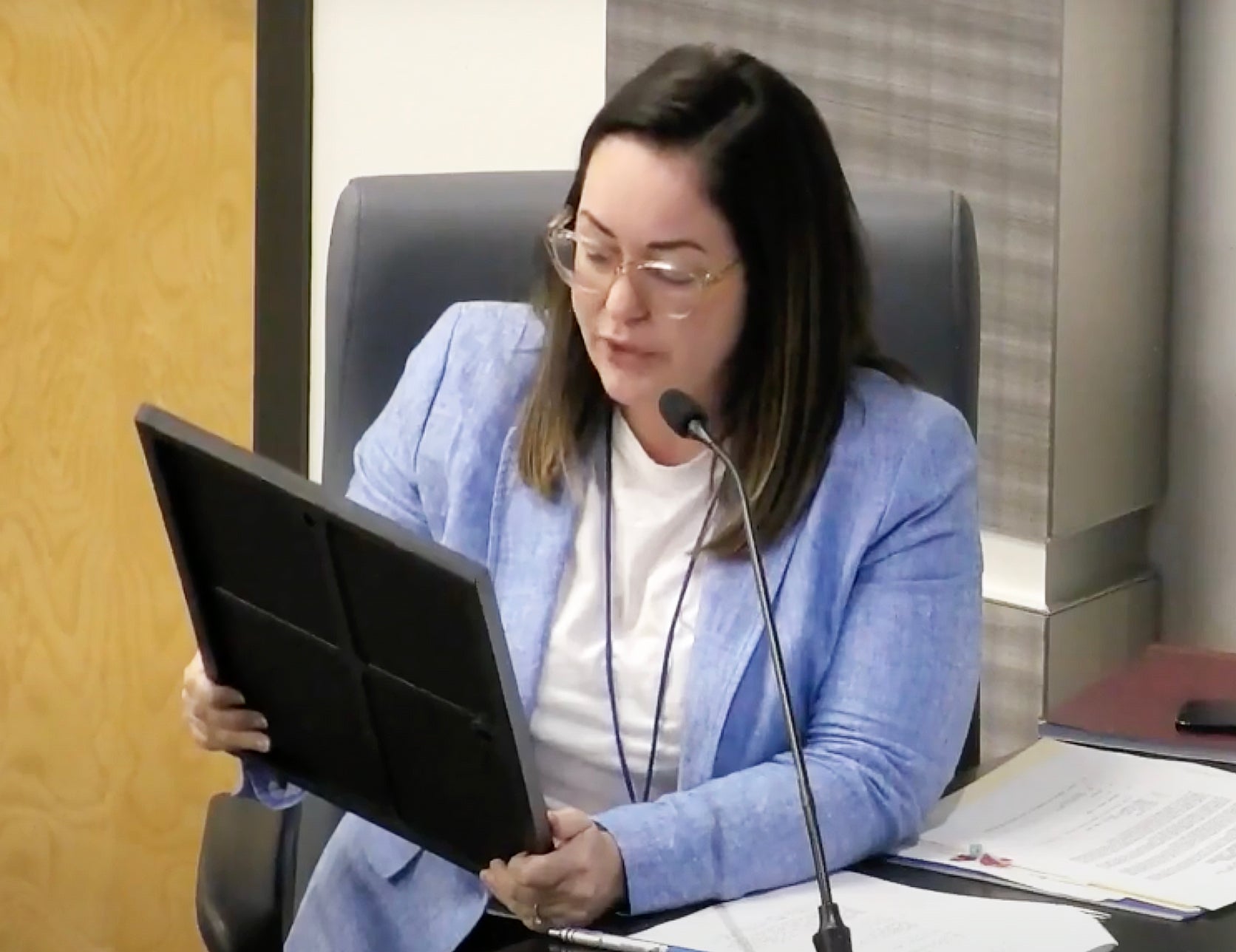Davis pond project to deliver economic, ecologic benefits
Published 12:00 am Friday, April 5, 2002
By LEONARD GRAY
LULING – The opening of the $119.6 million Davis Pond freshwater diversion should, in time, boost oyster and shrimp production and make the Louisiana coastline once more the “sportsman’s paradise” the state’s license plates proclaim.
However, years of saltwater intrusion, damage from storms, starvation from freshwater infusion and man-made damage did much to accelerate shoreline destruction over the years.
The Davis project, which held an opening ceremony March 26 where Gov. Mike Foster and Congressman Billy Tauzin threw a symbolic switch to briefly open the gates, climaxed nearly five-and-a-half years of construction and had been on the drawing board since 1965 when it was authorized by the federal Flood Control Act. Construction finally got under way in November 1996.
But the process will be slow, said Mark Schexnaydre of the LSU Ag Center.
“It will cut the coastal erosion rate from 11 to 10 square miles per year,” he said.
The effects on various commercial fishing, though, should be felt much sooner.
“It should have a phenomenal effect on freshwater fishing,” Schexnaydre said, and he pointed out the Caernarvon diversion in St. Bernard Parish, built in 1988-91, freshwater plants have increased more than seven times and brackish marsh plants cut by almost half. There is a net increase of 406 acres, and it is estimated that more than 16,000 acres of coastal wetlands will be preserved over a 50-year period.
More important to fishermen, however, is the immediate evidence, where the national bass-fishing tournament has been held at Caernarvon for two of the last five years.
What is more, migratory waterfowl and local mammals will also benefit from the new plant growth. Total oyster production is expected to double, Schexnaydre continued, and $75 million was used to relocate oyster beds closer to Gulf waters.
The project, indeed, got its start from freshwater fishermen, alarmed at the intrusion of saltwater into the marsh.
Schexnaydre commented, “It might be fun to catch reds (redfish) in Lac des Allemands, but not when the trees around you are dying.”
Oyster fisherman and New Orleans resident Peter Vujnovich Jr. said he is looking forward to the southerly shift of the oyster population.
“We’ve got to hang tight,” he said. “It’ll cause problems for some people, but it’s a good-faith thing.”
His father, “Captain” Pete Vujnovich Sr., 80, was one of those who, 50 and more years ago, fought for projects such as Davis Pond.
“I made a speech at the Jung Hotel on this 50 years ago,” the elder Vujnovich recalled. He started in the oyster business when he was 12 years old and used to see trees 40 and 50 feet tall where only open water is now.
“Davis Pond is the only thing that’ll save the Barataria Basin,” he said. “It will help to preserve what we’ve got.”
Yet another benefit will be the added hurricane protection for coastal and near-coastal parishes.
Schexnaydre recalled that for Hurricane Georges, the New Orleans city government ordered more than 115,000 body bags, anticipating the worst – a direct strike on the city.
For Vujnovich, it is a matter of wasting no more time. Caernarvon “should never have been delayed for as long as it was,” he said.
The Davis Pond project sliced a channel from the Mississippi River to just beyond U.S. Highway 90 toward Lake Cataouatche, where river water will push out salt water to the Gulf.
In the process, it diverted two railroads, including five sets of tracks, as well as two major roadways, built a new highway bridge at U.S. Highway 90, constructed a pumping station near Willowdale Boulevard and miles of containment levees for the ponding area between U.S. Highway 90 and Cataouatche.
With the occasional infusion of Mississippi River water into the Barataria Basin and related waterways, the Davis Pond project is expected to provide average annual benefits of $15 million every year for fish and wildlife, including $300,000 for recreation.
The Davis Pond structure itself consists of a reinforced concrete structure on River Road, between Davis Drive and ADM Growmark near Ama in St. Charles Parish.
It was built as a partnership of the U.S. Army Corps of Engineers and the Louisiana Department of Natural Resources with funding shared 25 percent by the state and 75 percent by the federal government.
The structure will be managed by a 19-member advisory committee and operated by the St. Charles Parish Department of Public Works, under the direction of the committee.
Salinity levels in the basin will dictate when the structure is to be used. Vujnovich Jr. is a member of that advisory committee, representing the oyster industry. It is chaired by Dr. Bill Good, coastal restoration division administrator for the Louisiana Department of Natural Resources.
The structure releases river water into a channel capable to diverting up to 10,650 cubic feet per second toward Lake Cataouatche into a 9,300-acre ponding area where sediment will settle.
The site was selected partly because it was the location of the 1884 Davis Crevasse, or levee break, which channeled water toward the Gulf of Mexico and left Davis Pond itself, a remnant of that disaster. A similar diversion project is contemplated near the Bonnet Carre Spillway between Norco and Montz, but has not yet been funded or scheduled for construction. If built, it would divert up to 25,000 cubic feet per second of Mississippi River water into Lake Pontchartrain to reduce salt levels in the lake and increase seafood production and saltwater intrusion into the LaBranche Wetlands.
“This is the answer,” Foster said of the Davis Pond project. “Hopefully, we’re not too late.”





